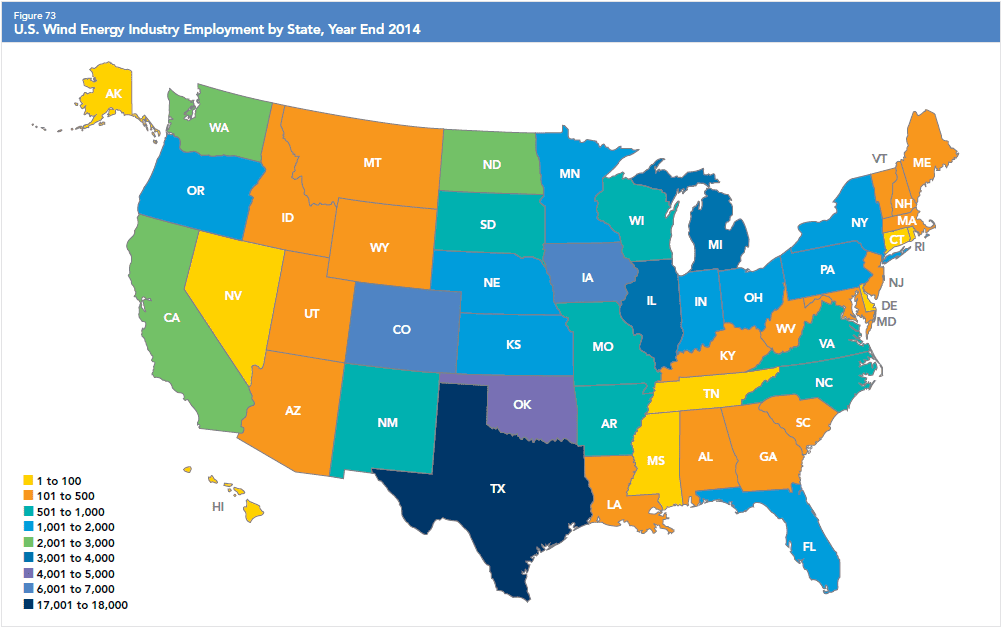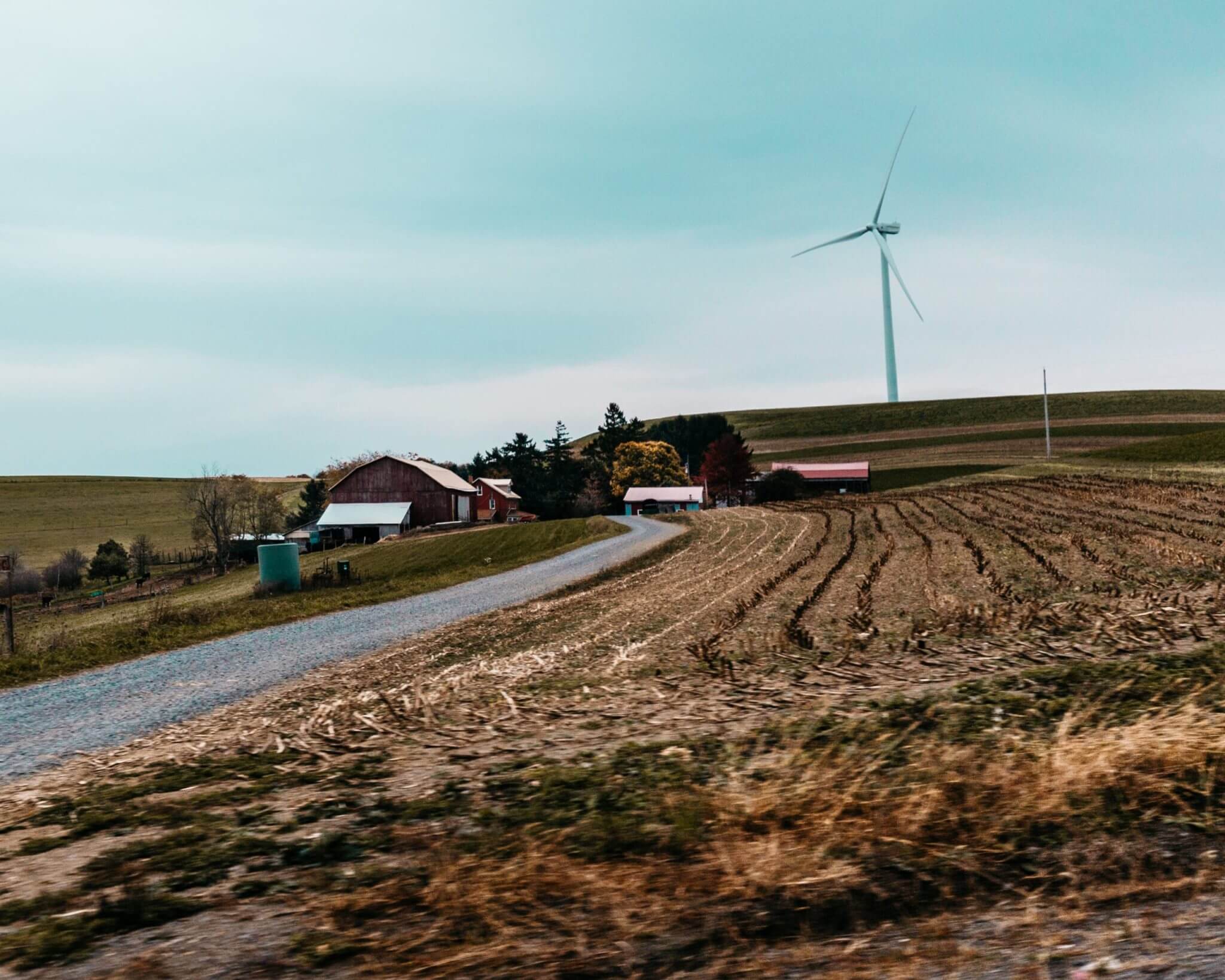Fact Check: Anti-renewable energy group produces error-ridden report
Real-world data shows wind energy supplies diverse, far-reaching benefits for consumers and communities across the United States. It offers an affordable, reliable solution that diversifies our energy mix while eliminating many forms of harmful pollution. Wind’s costs have fallen 66% over the last six years, and wind power supports over 73,000 well-paying American jobs. Growing wind grows our economy.
Despite all these benefits, the anti-renewable energy special interest group Institute for Energy Research continues to attack wind energy using error-ridden, false claims. Its latest attack piece re-hashes a previous report already debunked two years ago.
As we explained at that time, this attack ignores the numerous ways in which wind energy provides large benefits in all states:
- Wind power supports well-paying jobs in all 50 states. All states have either an operating wind farm or a manufacturing facility, as shown on the map below. 41 states have operating wind projects or wind projects under construction, while 43 states have wind industry manufacturing facilities. Wind industry manufacturing activity is particularly concentrated in Eastern U.S. states that have seen less wind farm development so far, ensuring that job creation benefits are widely spread around the country.


- Consumers in all states benefit from diversifying our energy mix with wind energy. Many states purchase wind energy from other regions, with regulators and utilities in Georgia, Alabama, Florida and other states extolling how these interstate wind purchases are saving their consumers millions of dollars. (see quotes at bottom). All consumers benefit when we diversify our national energy mix with wind energy. A recent Department of Energy report documented how expanding the use of stably-priced wind energy protects all electricity consumers from volatility in the price of fossil fuels. That report also documented how all natural gas consumers nationwide, which includes everyone who heats their home or business with natural gas, benefit from wind energy reducing our dependence on fuels that vary so widely in price. Moreover, advances in wind turbine technology are opening up all regions for wind energy development, bringing even greater benefits to all states.
- The environmental benefits of expanding use of clean, renewable energy accrue to all Americans. U.S. wind energy saved 127 million short tons of carbon dioxide pollution in 2013, more than 5 percent of total electric sector emissions or the equivalent of 20 million cars’ worth. Wind also saved over 346 million pounds of emissions of health-harming sulfur dioxide pollution, and over 214 million pounds of smog-forming nitrogen oxides in 2013. These emissions reductions occurred in all regions due to the interstate nature of the power grid, saving hundreds of lives and creating billions of dollars in economic activity across all states.
Leaders from utilities and state regulators whose consumers benefit from inter-state wind energy purchases have confirmed wind’s role in helping to cut costs:
- Arkansas Electric Cooperative: “Low-cost wind energy provides [Arkansas Electric Cooperative Corp.] with a hedge against fluctuating natural gas energy prices … We will continue to pursue energy options that allow AECC’s member cooperatives to provide reliable electricity at the lowest possible cost.” – President & CEO of Arkansas Electric Cooperative Corp., after signing a 150 MW wind contract in 2013.
- Alabama Public Service Commission: The “price of energy from the wind facility is expected to be lower than the cost the company would incur to produce that energy from its own resource …with the resulting energy savings flowing directly to the Company’s customers.”
- Georgia Power CEO: “Adding wind energy to our generation mix underscores our commitment to a diverse portfolio that offers clean, safe, reliable, sustainable and low-cost electricity for years to come.”
- Florida’s Gulf Power: “Wind power helps diversify the power supply and Kingfisher Wind is projected to provide lower overall energy costs.”
To summarize, this is nothing new. This anti-renewable energy group may continue to attack American-supported wind power and policies advancing its growth, but its attacks aren’t credible. Extending the performance-based Production Tax Credit this year will continue to help drive cost-cutting innovation, deliver more of wind’s consumer benefits to all corners of the country and keep the U.S. number one in the world in wind energy production.




